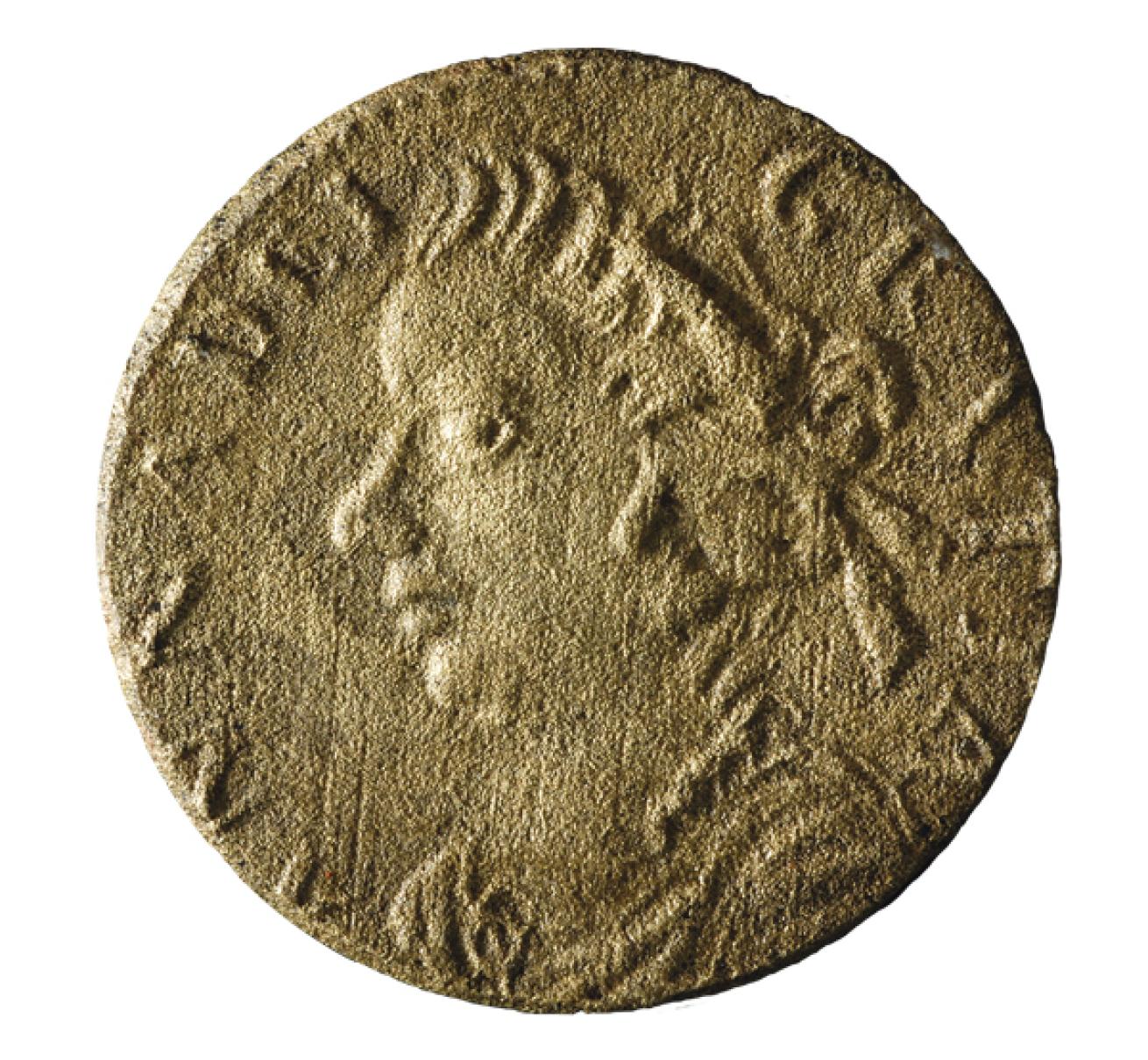Last Call for Blackbeard's Booty

Booty
Courtesy North Carolina Department of Cultural Resources
Blackbeard’s famed Queen Anne’s Revenge continues to give up its prized long-buried treasure as researchers finalize a three-month recovery session in October at the wreck site of the notorious pirate’s flagship off the coast of Beuafort, North Carolina.
During a recovery session earlier this summer, researchers aboard Cape Fear Community College’s 85-foot _Dan Moore__ _vessel dove the site and recovered eight cannons, along with other artifacts, using a heavy-duty crane.
These artifacts, as well as whatever else is discovered this fall, will be displayed at the North Carolina Maritime Museum in Beaufort as part of its expansive Queen Anne’s Revenge exhibit, says Fay Mitchell with the North Carolina Department of Cultural Resources (NCDCR), which is leading the excavation. Researchers hope to fully recover the site sometime next year. A team of 20 researchers, including staff with NCDCR’s Underwater Archaeology Branch, N.C. Maritime Museum, and interns from East Carolina University in Greenville, are participating in the recovery.
The most recent mission is the near-culmination of one of the most-prized diving finds in the country. It all started when Intersal, Inc., a private research firm, discovered the ship on Nov. 21, 1996. The 300-ton Queen Anne's Revenge ran aground in Beaufort Inlet in June 1718 near what is today Fort Macon State Park.
While Intersal still issues licenses for commercial operations like video shoots of the site, NCDCR is in charge of recovery and research. Over the years more than 16,000 artifacts have been recovered, including weapons, tools and instruments, gold dust, coins, and storage items. The NCDCR has also launched several educational programs about the wreck, the most recent in June, during which more than 10,000 students from across North Carolina watched live-stream video online of behind-the-scenes recovery efforts and emailed questions to researchers.

Courtesy North Carolina Department of Cultural Resources
Blackbeard’s famed Queen Anne’s Revenge continues to give up its prized long-buried treasure as researchers finalize a three-month recovery session in October at the wreck site of the notorious pirate’s flagship off the coast of Beuafort, North Carolina.
During a recovery session earlier this summer, researchers aboard Cape Fear Community College’s 85-foot _Dan Moore__ _vessel dove the site and recovered eight cannons, along with other artifacts, using a heavy-duty crane.
These artifacts, as well as whatever else is discovered this fall, will be displayed at the North Carolina Maritime Museum in Beaufort as part of its expansive Queen Anne’s Revenge exhibit, says Fay Mitchell with the North Carolina Department of Cultural Resources (NCDCR), which is leading the excavation. Researchers hope to fully recover the site sometime next year. A team of 20 researchers, including staff with NCDCR’s Underwater Archaeology Branch, N.C. Maritime Museum, and interns from East Carolina University in Greenville, are participating in the recovery.
The most recent mission is the near-culmination of one of the most-prized diving finds in the country. It all started when Intersal, Inc., a private research firm, discovered the ship on Nov. 21, 1996. The 300-ton Queen Anne's Revenge ran aground in Beaufort Inlet in June 1718 near what is today Fort Macon State Park.
While Intersal still issues licenses for commercial operations like video shoots of the site, NCDCR is in charge of recovery and research. Over the years more than 16,000 artifacts have been recovered, including weapons, tools and instruments, gold dust, coins, and storage items. The NCDCR has also launched several educational programs about the wreck, the most recent in June, during which more than 10,000 students from across North Carolina watched live-stream video online of behind-the-scenes recovery efforts and emailed questions to researchers.










